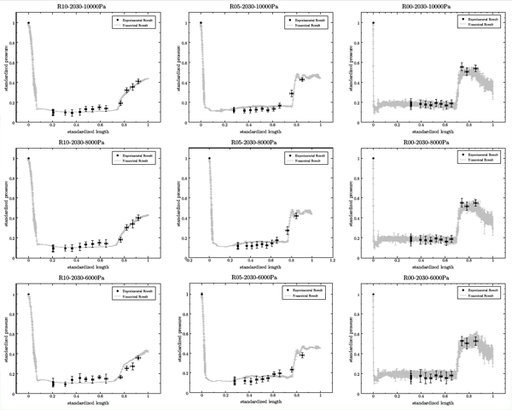double cone

Dr. Stephan Reichel
The subject of interest is the validation of a 3-D numerical computer model of a hypersonic flow around double cone geometry. The double cone geometry represent a generic space vehicle which enters an atmosphere with very high velocity. This leads to a complex flow phenomena around the space vehicle. In this poster results of the investigation are presented.
The experimental data are measured by different double-cone geometries (Fig. 1) which are mounted inside a hypersonic wind-tunnel. During the experiments the Mach number is equal to 9. Three different geometries and four different operating conditions are the subject of this study. Because of the short test period of less then 200ms a measurement of temperatures and local velocity’s during test is not possible. Therefor the computational model is used.
The comparison of the experimental and the numerical Results are leading to Fig. 2 and 3. Fig. 2 compares a photo of the working experiment with a picture of the numerical result. The photo is taken by a striation optic and the picture is colored by density. Both pictures are in good agreement.
The plots Fig.:3 comparing experimental and numerical pressure measurements at four different operation conditions and the three different Double Cone geometries. The black dots and error bars are representing the experiments and the gray lines representing the numerical results. All twelve plots representing a good agreement of the numerical and the experimental results. Even the length of the error bars of the pressure measurement are represented. Because of the the sharp angle at the top of the Rxx-2030 Cone the flow field around the cone fluctuates more than the flow fields around the other two double cones. Even this behavior is represented by the numeric.


 "
"